Brâncoveanu monastery, Sâmbata de Sus
Constantin Brâncoveanu, the ruler of Wallachia built this monastery in 1696, on the place of a church from 1654. The Court of Wien sent general Preiss to tear down the monastery in 1785. Its restoration began in 1926. In the museum one can see icons painted on glass or wood from the XVIII-XIX century, as well as old books and church objects. The famous icon-painting workshop is one of the most prominent painting workshops in the country.
***
Temple of Fate in Şinca Veche
***
Făgăraş (German: Fogarasch, Fugreschmarkt, Hungarian: Fogaras)
Făgăraş is a city in central Romania, located in Braşov County at 66 km from Braşov and 76 km from Sibiu. In 1369, Louis I of Hungary gave the Royal Estates of Făgăraş to his vassal, Vladislav I of Wallachia, the territory remained in the possession of Wallachian Princes until 1464. Except for this period of Wallachian rule, the town itself was centre of the surrounding royal estates. During the rule of Transylvanian Prince Gabriel Bethlen (1613–1629), the city became an economic role model city in the southern regions of the realm. Bethlen rebuilt the fortress entirely.
***
Codlea (German: Zeiden; Transylvanian Saxon dialect: Zäöeden; Hungarian: Feketehalom)
Codlea is a city near Braşov (11,5 km). The fortified church in the city is the largest in the Burzenland historic region. Codlea was well known for its flowers and was called the city of flowers.
***
Rasnov cave - Peştera Valea Cetatii
A short, though steep uphill 450 metre walk takes you through the entrance of the cave, set within the serene forest of the Bucegi Mountains. The cave was discovered over 60 years ago and was caused by an hydraulic explosion. The temperature inside is now maintained at 10 degrees celcius to preserve the interior and to prevent vegetation growing. It’s cool, damp and smells earthy inside the cave. The main cavity of the cave is filled with stalactites and stalagmites, often merging to meet in the centre of the cave. For dramatic effect, the lights were switched off by our guide so we could hear the large drops of water splashing onto the cave floor. In summer concerts are held in the main cavity, the acoustics are apparently amazing!
http://www.pestera-valeacetatii.ro/ro/***
Bran (German: Törzburg; Hungarian: Törcsvár)
Bran lies at 27 km from the city of Braşov. The medieval Bran Castle, which was once besieged by Vlad the Impaler, is a popular tourist destination, partly because it resembles the home of Dracula in Bram Stoker's famous novel. The Teutonic Order began construction of a wooden fort known as Dietrichstein in the early 13th century. After the fort's destruction in 1242 King Sigismund of Hungary ordered the construction of a stone castle in 1377, while the settlement of Bran began to develop nearby. The castle is open to tourists, who can view the inside alone or as part of a guided tour. Outside the castle are examples of traditional Romanian farm houses and peasant homes.
http://www.bran-castle.com/
***
Hărman (German: Honigberg; Hungarian: Szászhermány)
Hărman is located at 12 km east of Braşov. The church was built in Roman style between 1500 and 1520 with 5-meter thick and 12-m high walls. It has an inner church that was erected in Roman style by the Cistercian monks between 1280 and 1290 and was later rebuilt in Gothic style. A strong peasant citadel was built around the church between 1500 and 1520. Inside the church is a funeral chapel with Gothic mural paintings (1460-1470), having the Last Judgement for a theme.
***
Viscri (Deutschweißkirch or Weißkirch; Szászfehéregyháza)
The village is located in comuna Buneşti. It is reachable from the villages Buneşti (6 km) or Dacia (8 km). These are accessible from the road that links Sighişoara and Braşov. The village is close to Sighisoara (42 km). Viscri was allways a free community, never beeing part of a noble property.The village is best known for its highly fortified church, originally built around 1100 when the Székelys built a small church with a single hall and semicircular apse. Around 1185 the church was taken over by Saxon colonists, and the Székelys were forced to settle further north. As early as the 13th, the church was surrounded with an oval mantle wall out of stone collected from the plains and from the river. In the 14th century the eastern part of the church was rebuilt and in 1525, the first fortifications with towers were added. In the 18th century the church was surrounded by a second defense wall. To this day, the church is surrounded by a cemetery with gravestones dating back to the "Bijelo Brdo culture". In the fortress is a Saxon museum.
It is part of the villages with fortified churches in Transylvania, designated in 1993 as a World Heritage Site by UNESCO. In 2006, The Prince of Wales bought and restored an 18th century Saxon houses in the Transylvanian villages of Viscri to help protect the unique way of life that has existed for hundreds of years and promote sustainable tourism. The buildings have been sensitively restored and converted into guesthouses for tourists. Viscri is also known due to the foundation patroned by The Prince of Wales.
Erdély Utazásszervező
***
Rupea (German Reps; Hungarian: Kőhalom; Latin Ripa)
Rupea is situated at 41 km from Făgăraş and 62 km from Braşov. Standing on a massive basalt rock of the Cohälm hill, on the west side of the town, the old Saxon Fortress at Rupea was built between the 14th-17th centuries. The walls of the three precincts, erected straight from the rock, make up a spiral that starts from the lower precinct, goes up through the middle precinct (the largest in surface), and ends up with the upper precinct (the most imposing and the oldest). The upper precinct covers over 1500 m. The Romans followed with castle Rupes functioning as a fortress and commerce-control centre. It was always rebuilt when destroyed. In 2010 began restoration of the fortress.
Erdély Utazásszervező
***
Racoş (German: Unter-Krebsdorf; Hungarian: Alsórákos)
Racoş is a Commune located in the northeastern county of Braşov, about 60 km from Braşov.
Sükösd-Bethlen castle
The Sukosd Bethlen Castle was a noble residence. The castle was built in 1624 by Istvan Sukosd. He received the field from Gabriel Bethlen, as a reward for the military service performed. It was built to reflect the family’s welfare and to ensure the comfort and luxury of its members. Therefore the initial project was seen as a palace and only later they added fortifications. So, the castle was surrounded by a rectangular enclosure wall, which had circular bastions at the corners. The castle has two levels, each with a different purpose. Household annexes can be found downstairs and upstairs there are rooms decorated for family members, salons and concert halls.
After Sukosd died, the castle had several owners: Count Peter Budai, Samuel Bethlen, who added his name to the name of the building, Count Samuel Ferenc Teleki. The castle then came into the possession of his son and in 1903 it became the property of the Racos village. In the twentieth century the Sakosd Bethlen castle were degradation
Although in the early ’90s they started some restoration works, they were not finalized.
Basalt Columns
The geological complex Racos it is a natural protected area, situated in the west side of the Persani Mountains, close to the basalt quarry from the Racos Commune. The Columns of Basalt (or the Basalt Columns) of Racos are between 10 and 15 meters high and appeared as a consequence of the fast cooling of the volcanic lava. The reservation contains a series of eruptive basalt formations, very spectacular, spread over a surface of 1.05 hectares. The existence on a small area of volcanic formations (basalt, dross, tuffs), sedimentary (limestone, marl, clay, gravel) makes the area a paradise for geologists.
© Erdély Utazásszervező
***
Homorod (German: Hamruden; Hungarian: Homoród)
Homorod is a commune in Braşov County, Romania, located 58 km from Sighisoara and 34 km from Odorheiu Secuiesc. It got its name from the Homorod River that goes through it and from the valley form (concave) where is situated the location. It is composed of three villages: Homorod, Jimbor and Mercheaşa. The population of the village is approx. 1,383 people, of which 306 are Hungarian. The little village is very quiet, and it is famous because of its fortificated church, which can be visited any day of the year. The villagers started building the church in the 13th century. In the 16th century the church was rebuilt, and became a wonderful fortress church, with wall paintings date back to the XIII, XIV, XV century. If the evangelic church is close, you can appeal to the bell ringer, who is very kindly, and he had the key.




































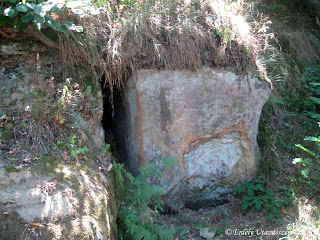



















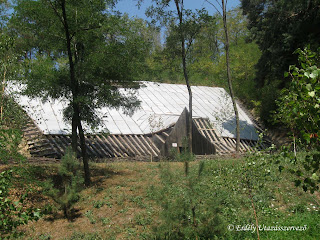














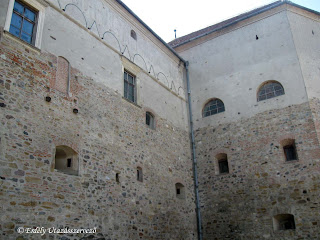



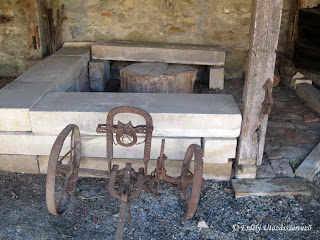












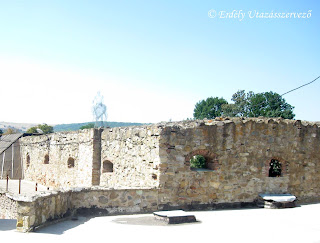






































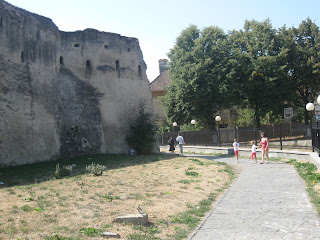
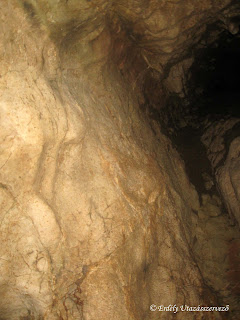





























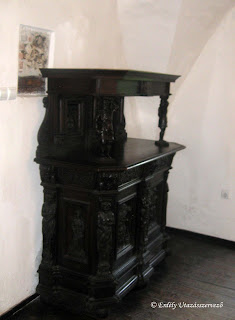



















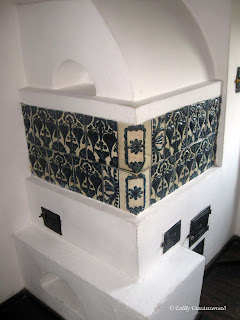





















































































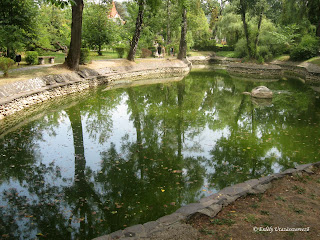















































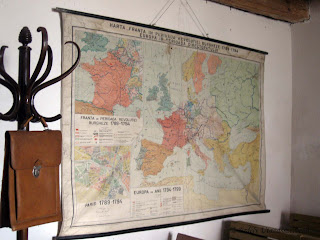










































































































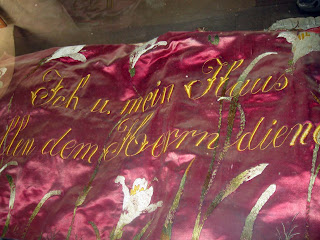
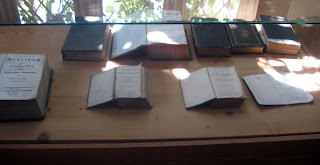

























































































































































No comments:
Post a Comment